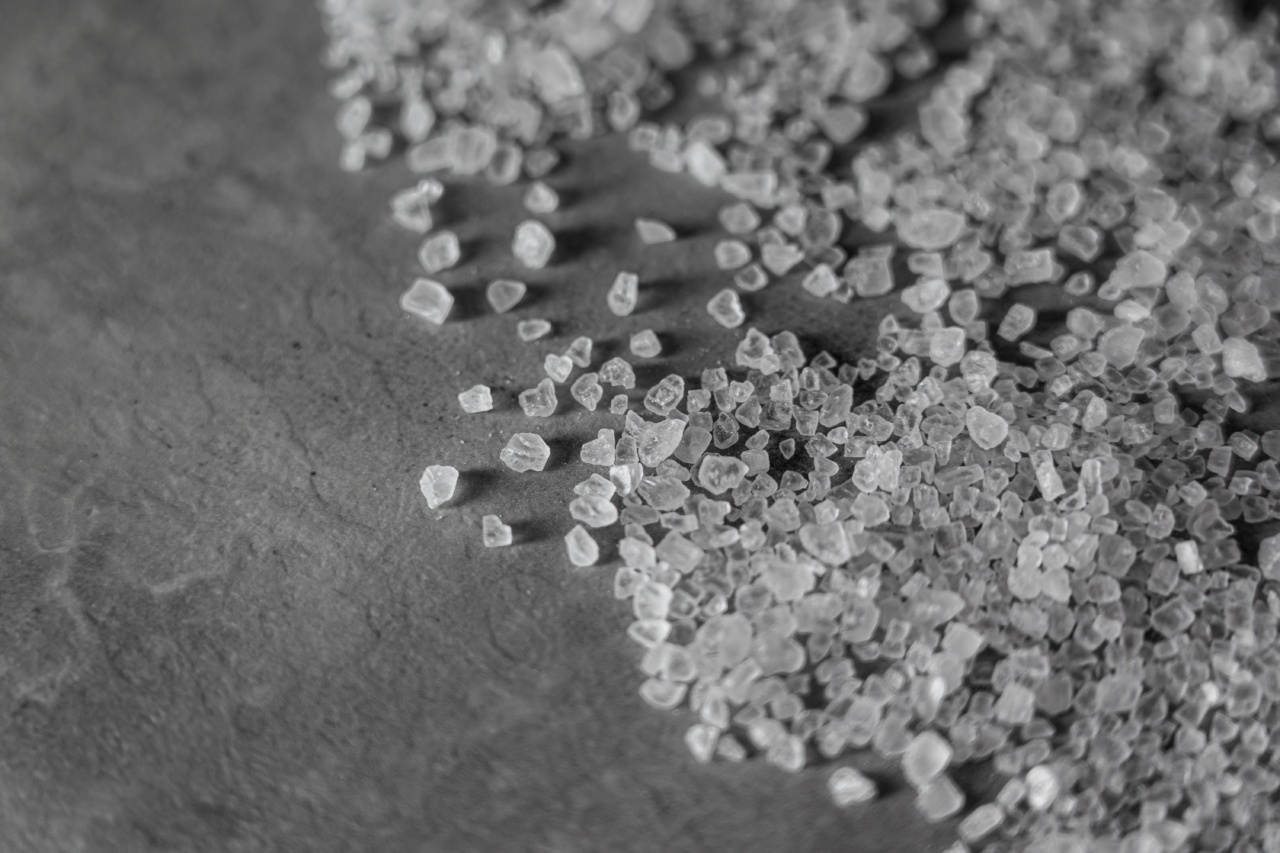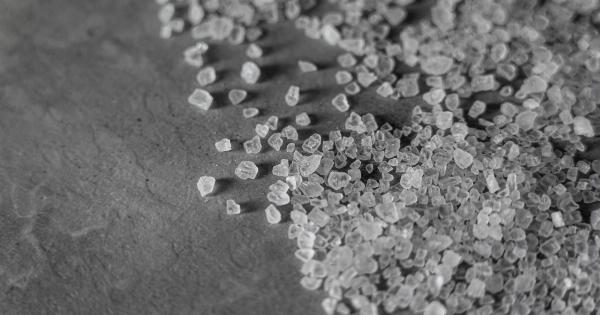In today’s fast-paced world, it’s becoming increasingly important to pay attention to what we eat. With so many processed and packaged food options available, reading labels has become a necessary skill.
One crucial aspect of label reading is understanding the importance of the first three ingredients listed. This is particularly relevant when it comes to salt intake, as excessive salt consumption is a growing concern in today’s society.
What is Salt and Why is it a Concern?
Salt, chemically known as sodium chloride (NaCl), is a mineral that is essential for our body’s proper functioning. It plays a crucial role in balancing fluids, nerve transmission, and muscle function.
However, consuming too much salt can have detrimental effects on our health. Excessive intake of sodium is strongly linked to high blood pressure, heart disease, stroke, and other cardiovascular issues.
Understanding Food Labels
Food labels are designed to provide consumers with crucial information about the product’s nutritional content. They typically include a list of ingredients, along with the serving size, calories, and various nutrients.
Understanding these labels can help us make informed decisions about what we eat.
The Importance of the First Three Ingredients
When it comes to understanding the salt content in a particular food item, it’s crucial to pay attention to the first three ingredients listed on the label.
The reason for this is that food labels display ingredients in descending order of their quantity in the product. Therefore, the first three ingredients are usually the most significant contributors to the overall composition of the food.
Ingredient #1: Salt/Sodium
The first ingredient listed is often salt or sodium in its various forms, such as monosodium glutamate (MSG) or sodium nitrate. This indicates that the product contains a substantial amount of salt.
It is important to note that salt can be disguised under different names, so it’s crucial to be familiar with alternative names for salt when reading labels.
Ingredient #2: Sugars
Surprisingly, the second ingredient on many processed food labels is sugar in one of its many forms, such as corn syrup, fructose, or dextrose.
While sugar is not directly related to salt intake, it contributes to various health issues, including obesity, diabetes, and heart disease. Moreover, excessive sugar consumption can indirectly lead to higher salt intake, as sugary foods are often high in sodium as well.
Ingredient #3: Hydrogenated Oils
The third ingredient that deserves attention is hydrogenated oils, also known as trans fats. These are artificially created fats that are commonly used in processed foods to enhance flavor, texture, and shelf life.
Hydrogenated oils have been strongly linked to heart disease, high cholesterol levels, and various other health problems.
How to Make Informed Decisions?
Now that we understand the significance of the first three ingredients on food labels, let’s discuss how we can use this knowledge to make informed decisions about our salt intake.
Look for Low-Sodium Options
If you are watching your salt intake, it’s essential to look for low-sodium options. Paying attention to the first three ingredients can help identify products that contain lower amounts of salt.
Opting for foods where salt is not among the leading three ingredients can significantly reduce your salt consumption.
Beware of Hidden Salt
While the first three ingredients provide crucial information, it’s also important to be aware of hidden salt. Some food items may have a lower salt content than others in terms of the first three ingredients but can still be high in sodium.
Therefore, it’s essential to read the entire label and look for “low-sodium” or “reduced-sodium” options to ensure you are making the best choices for your health.
Choose Fresh Over Processed
One of the best ways to reduce salt intake is to choose fresh, whole foods over processed ones. Fresh fruits, vegetables, lean proteins, and whole grains are naturally low in sodium and provide various health benefits.
By preparing meals from scratch using fresh ingredients, you have control over the amount of salt used, minimizing your overall intake.
Read the Fine Print
Aside from paying attention to the first three ingredients, there are other essential aspects to consider when reading food labels. Look out for the serving size, as the listed nutritional information corresponds to that specific serving.
Additionally, check the percentage of daily value (%DV) for sodium, aiming for a lower percentage to limit your salt intake.
Monitor Your Salt Intake
Lastly, it is crucial to monitor your daily salt intake to ensure compliance with recommended guidelines. The American Heart Association suggests limiting sodium intake to no more than 2,300 milligrams (mg) per day.
However, for individuals with hypertension or those at risk of heart disease, the recommended limit is 1,500 mg per day. By tracking your salt intake and making informed food choices, you can take control of your health.































